Norfolk Festival of Nature gets underway
The concert will begin with a brand-new piece built around the sounds of nature. Today, we had a run-through and I was hugely impressed by these young musicians' ability to create a true ensemble piece out of fragmentary ideas - just like the "music" that emerges from the individual flourishes that make up the dawn chorus. And as with birds, it's about listening to your fellow performers and responding.
We'll be using the performance space to explore the spatial dimension of music and sound. If you think about it, having everything on a stage facing an audience is about as unnatural as can be. We'll be making our music the way nature intended - everywhere. Only indoors!
| The first evening begins at 6.30 with Festival Director Al Cormack and photographer Adam Shawyer recounting their walk along Norfolk's coast between Sheringham and Great Yarmouth. Then at 7.45 poets Matthew Howard, Jonathan Ward and Beau Hopkins will be reading from their works. NATURAL LIGHT will be reporting from the Festival and previewing each day's events, which continue until Saturday evening. | Norfolk Festival of Nature Gresham's School, Holt 24-28 February Click the logo for full details |
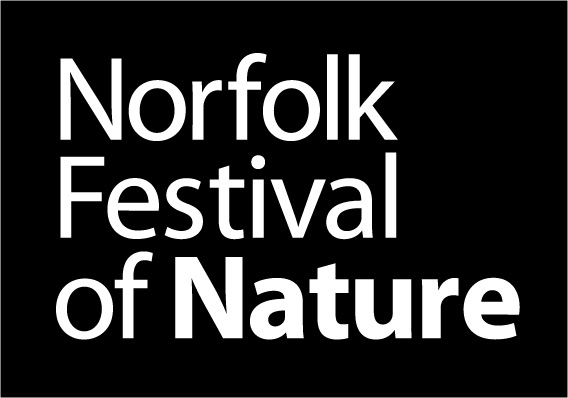
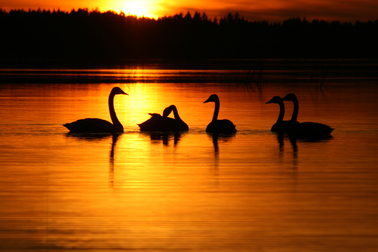
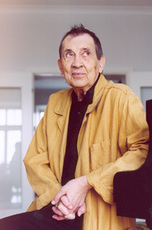
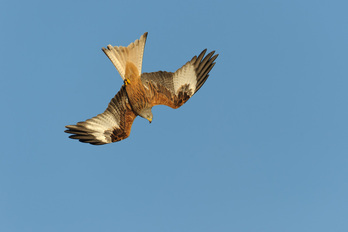
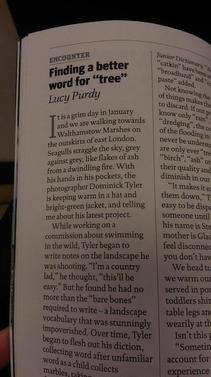
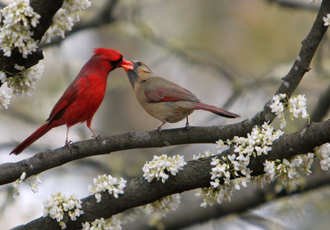
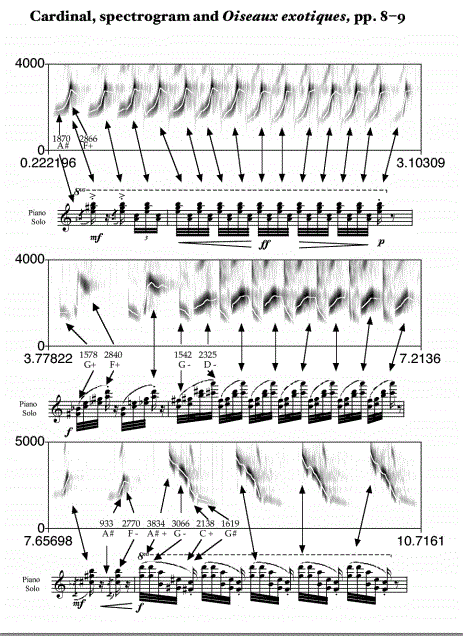
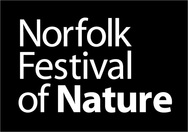
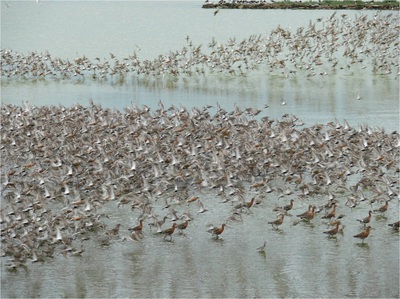
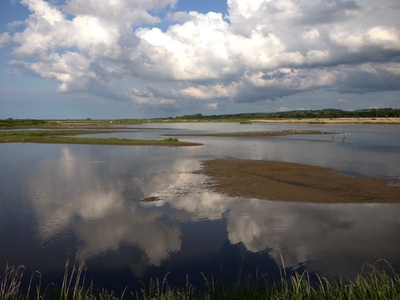
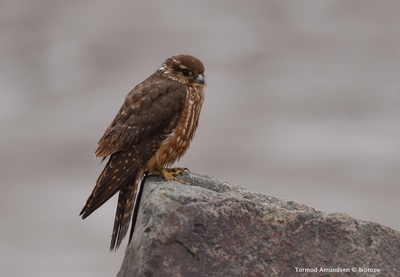

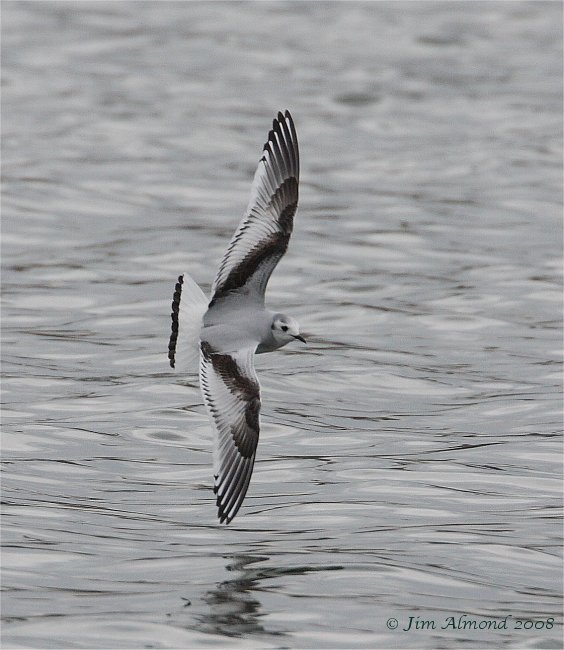
 RSS Feed
RSS Feed
